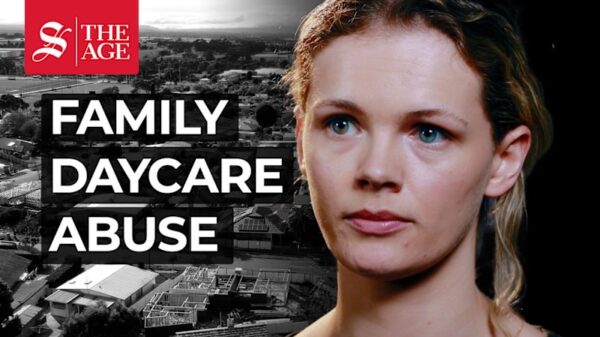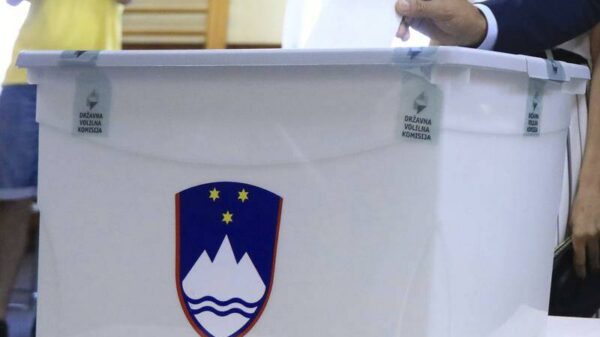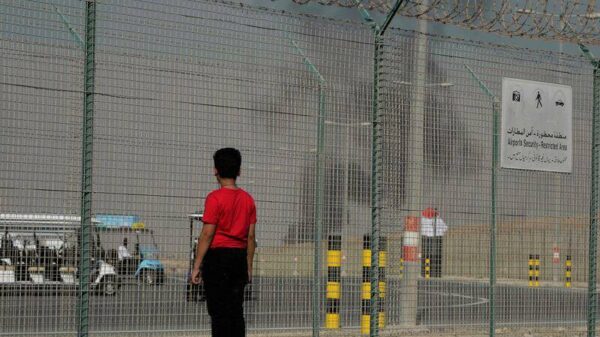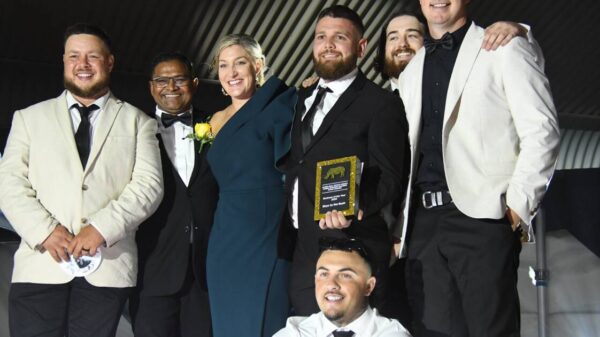The integration of virtual reality (VR) into classroom settings is taking a significant leap forward, as Dr. Ville Mäkelä from the University of Waterloo leads a groundbreaking initiative. This project aims to explore the potential of VR to enhance educational experiences on a large scale. With advancements in technology making VR tools more accessible, the education sector is poised for transformation.
Dr. Mäkelä’s research focuses on using VR as a tool for immersive learning. By turning his classroom into a living lab, he is studying how these technologies can engage students and deepen their understanding of complex subjects. This innovative approach not only addresses theoretical aspects but also emphasizes practical applications of VR in real-world learning scenarios.
Exploring the Benefits of VR in Education
The potential benefits of VR in education are extensive. Dr. Mäkelä highlights that VR can provide students with experiences that are otherwise difficult to replicate in traditional classrooms. For example, students can virtually explore historical sites, conduct scientific experiments, or even simulate medical procedures. This hands-on experience can lead to improved retention of information and a greater enthusiasm for learning.
Furthermore, as VR technology becomes more affordable, its implementation in schools could become standard practice. A report from the International Data Corporation indicates that the global market for educational VR is expected to reach approximately $12 billion by 2025. This growth could facilitate widespread adoption, making immersive learning tools accessible to a broader range of educational institutions.
Challenges and Future Directions
Despite the promising prospects, there are challenges to overcome. Issues such as the need for adequate training for educators, the development of appropriate content, and the technical infrastructure required to support VR in classrooms must be addressed. Dr. Mäkelä emphasizes that collaboration among educators, technology developers, and policymakers is essential to effectively integrate VR into the curriculum.
As this initiative progresses, the insights gained from Dr. Mäkelä’s research could serve as a model for other educational institutions looking to incorporate VR technology. By continuing to innovate and evaluate the impact of VR on learning outcomes, there is significant potential to reshape the educational landscape.
The move towards large-scale VR implementation is not just about technology; it is about creating a more engaging and effective learning environment for students. With continued research and investment, the classroom of the future may soon resemble a virtual playground of knowledge, where learning is limited only by imagination.




























































